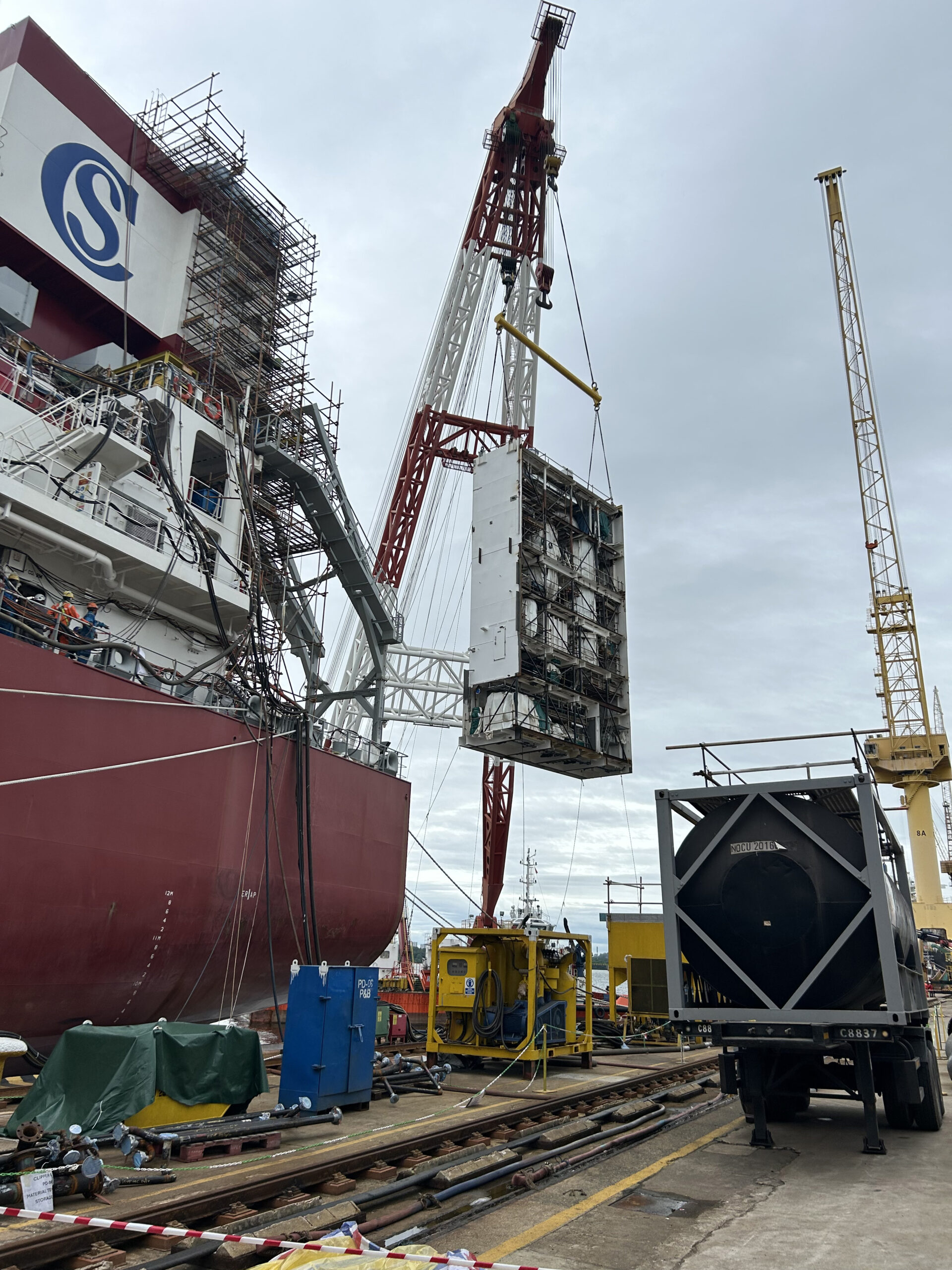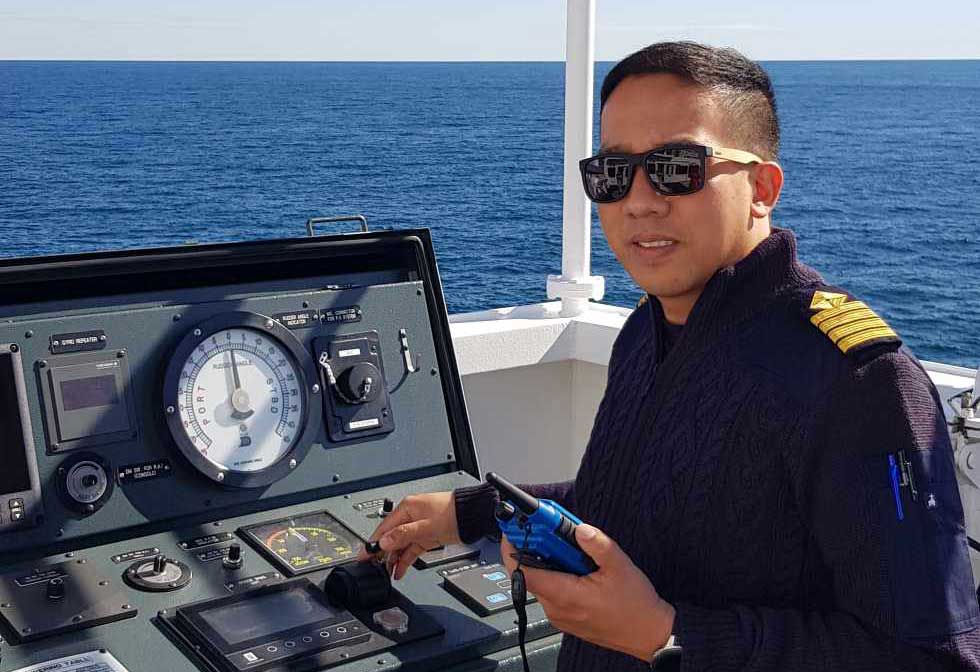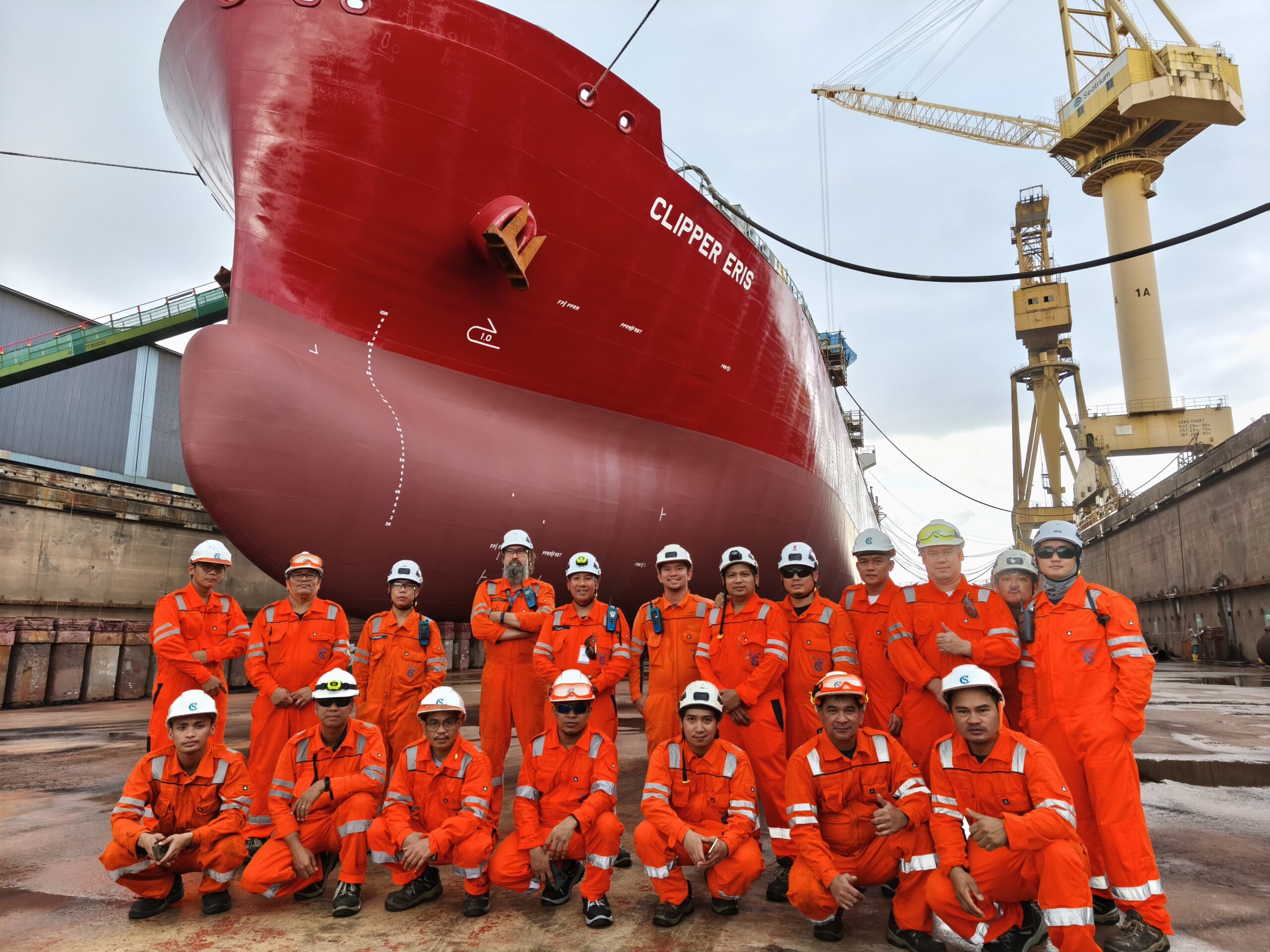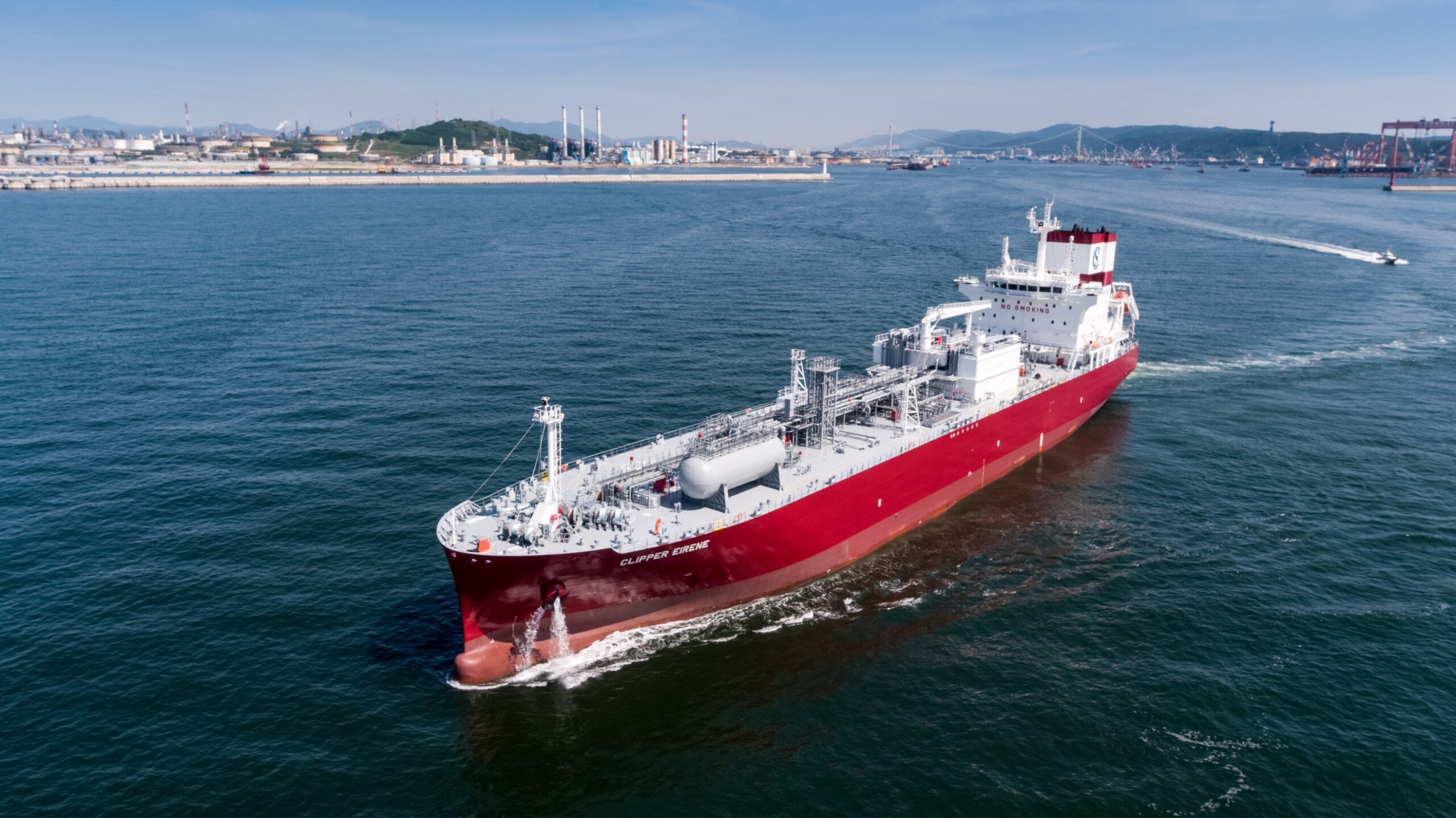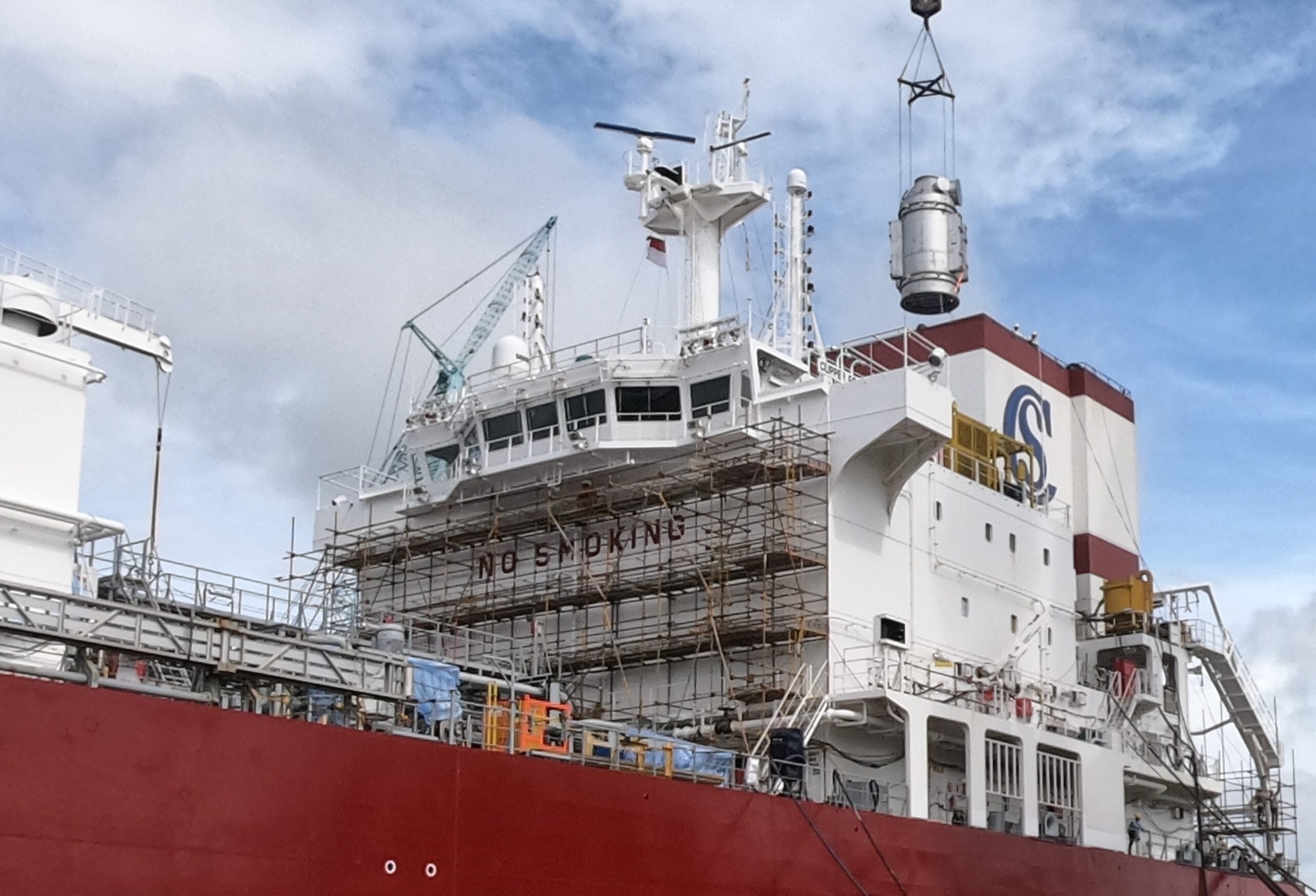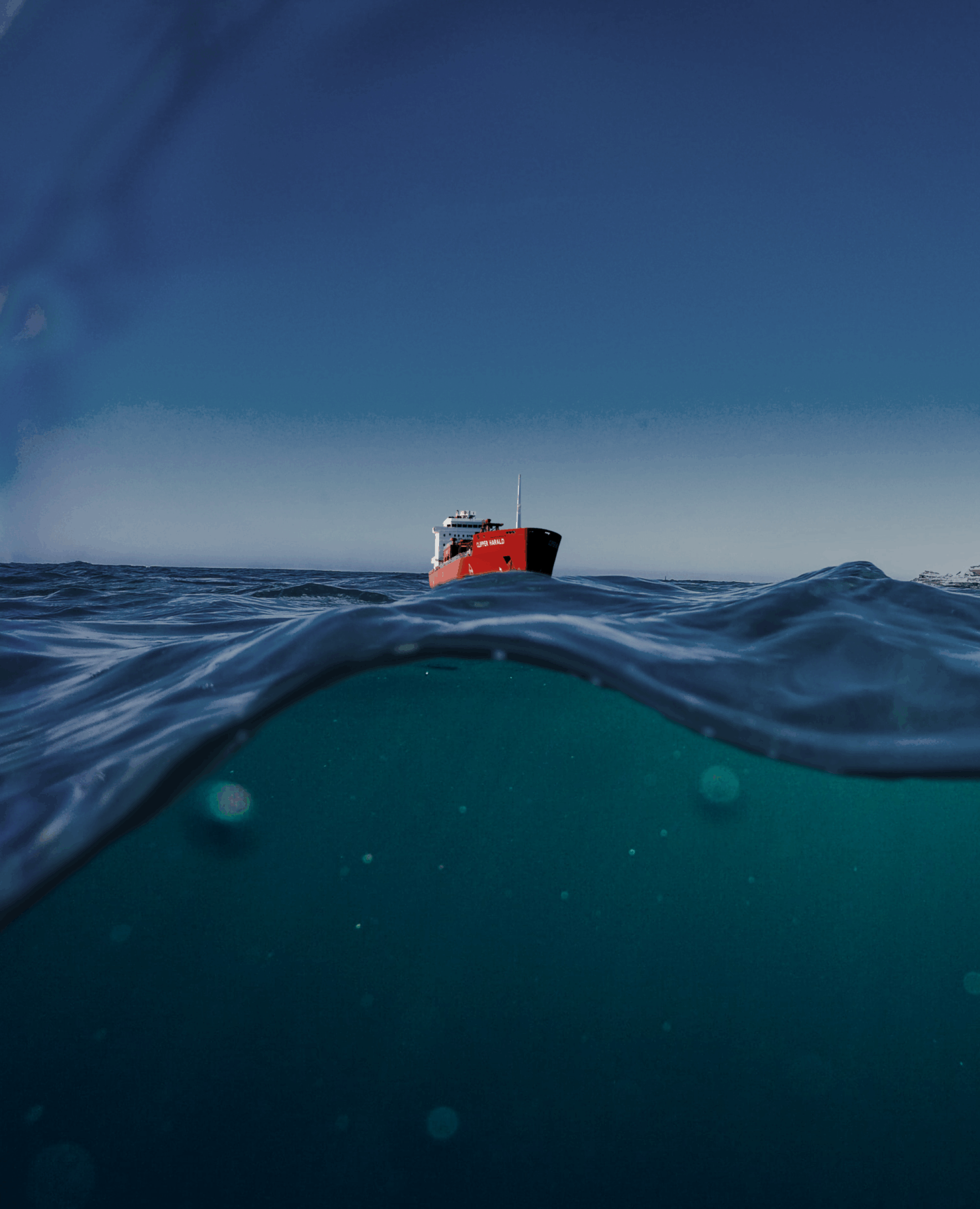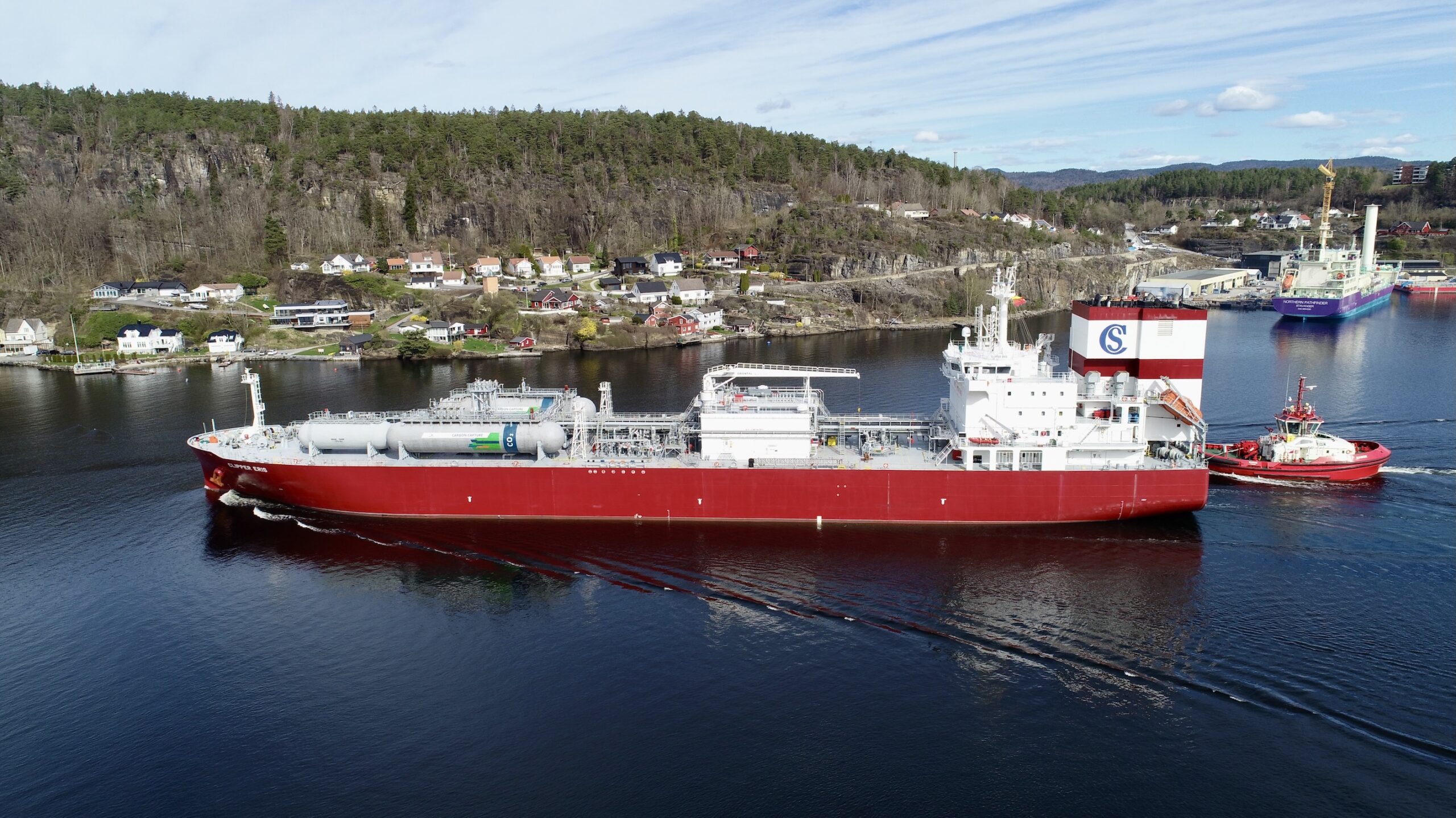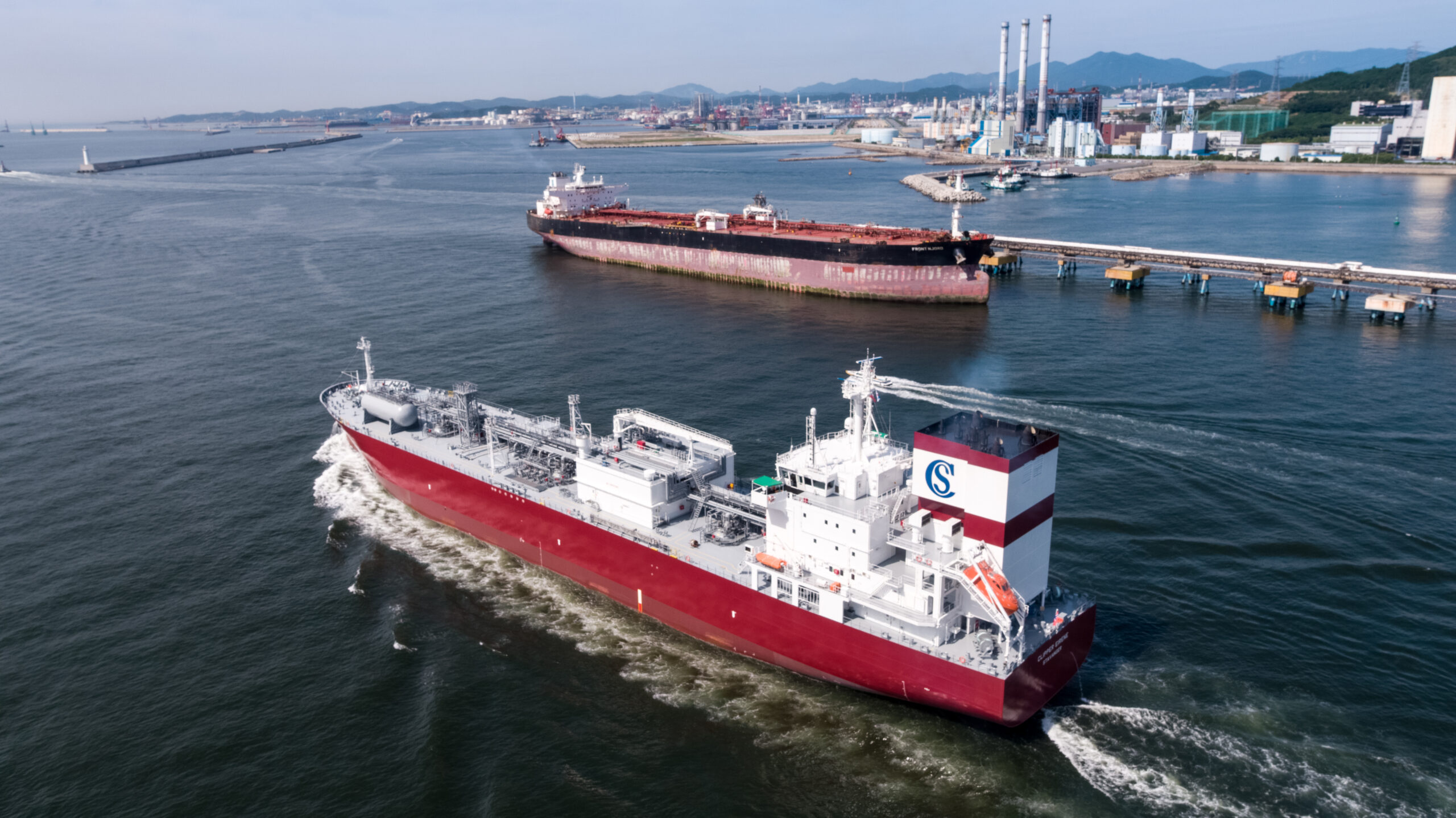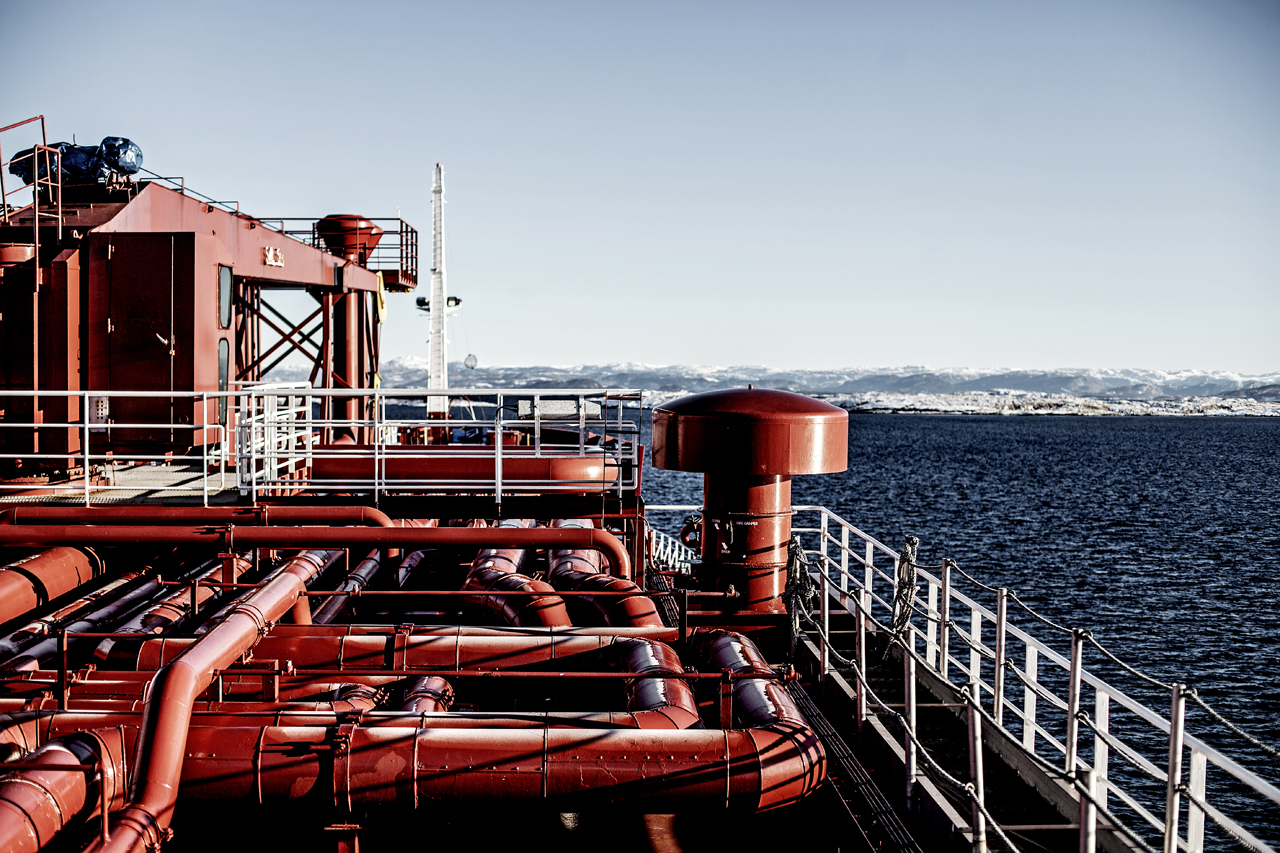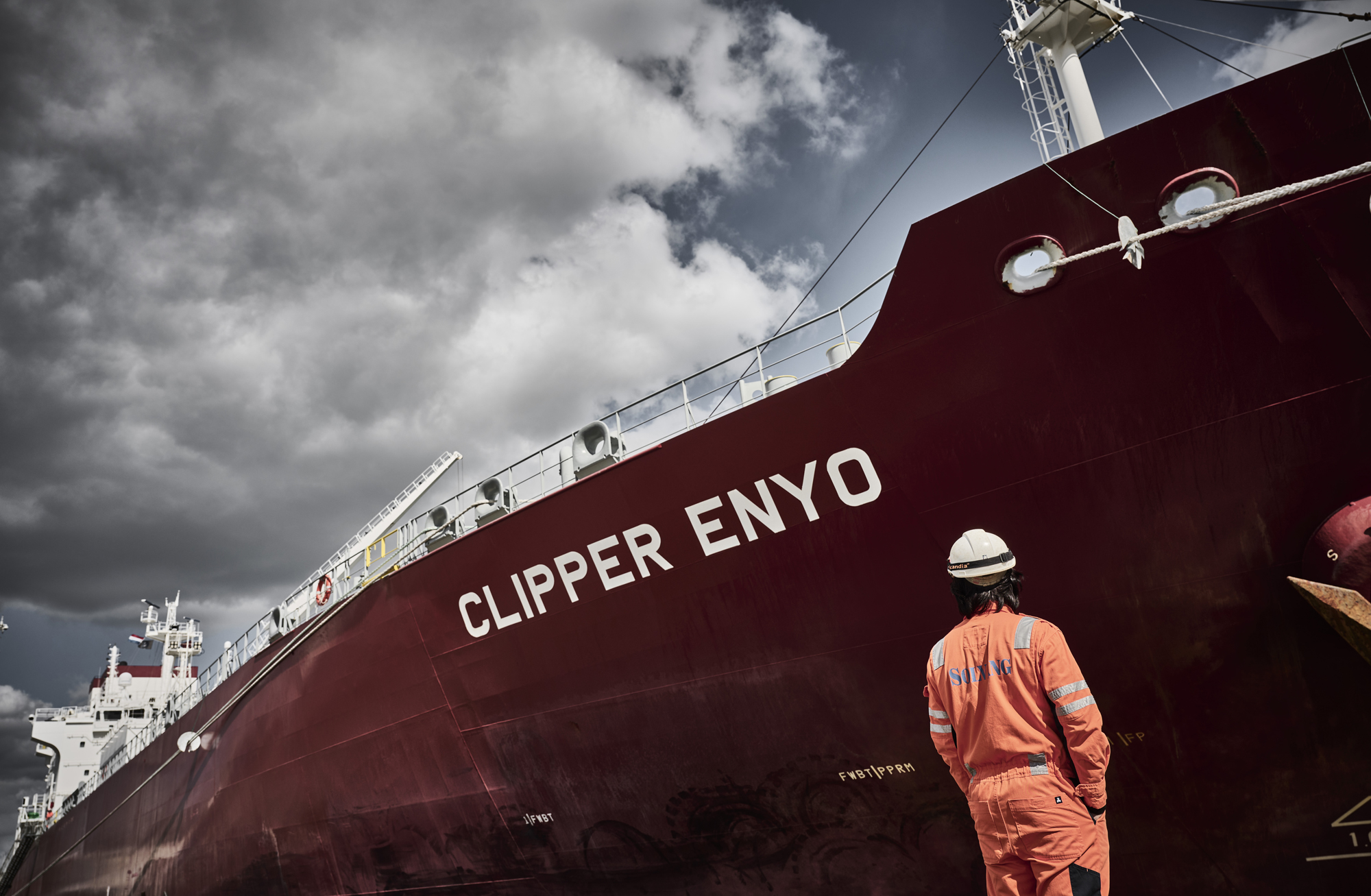Rules and regulations outlook
The new GHG regulations from the EU and IMO announce a new era for global shipping. Solvang has carefully prepared for what is to come. By 2030, all our vessels will be fully compliant with AER, while the GFI target level will depend on the availability of CCS and biofuel.
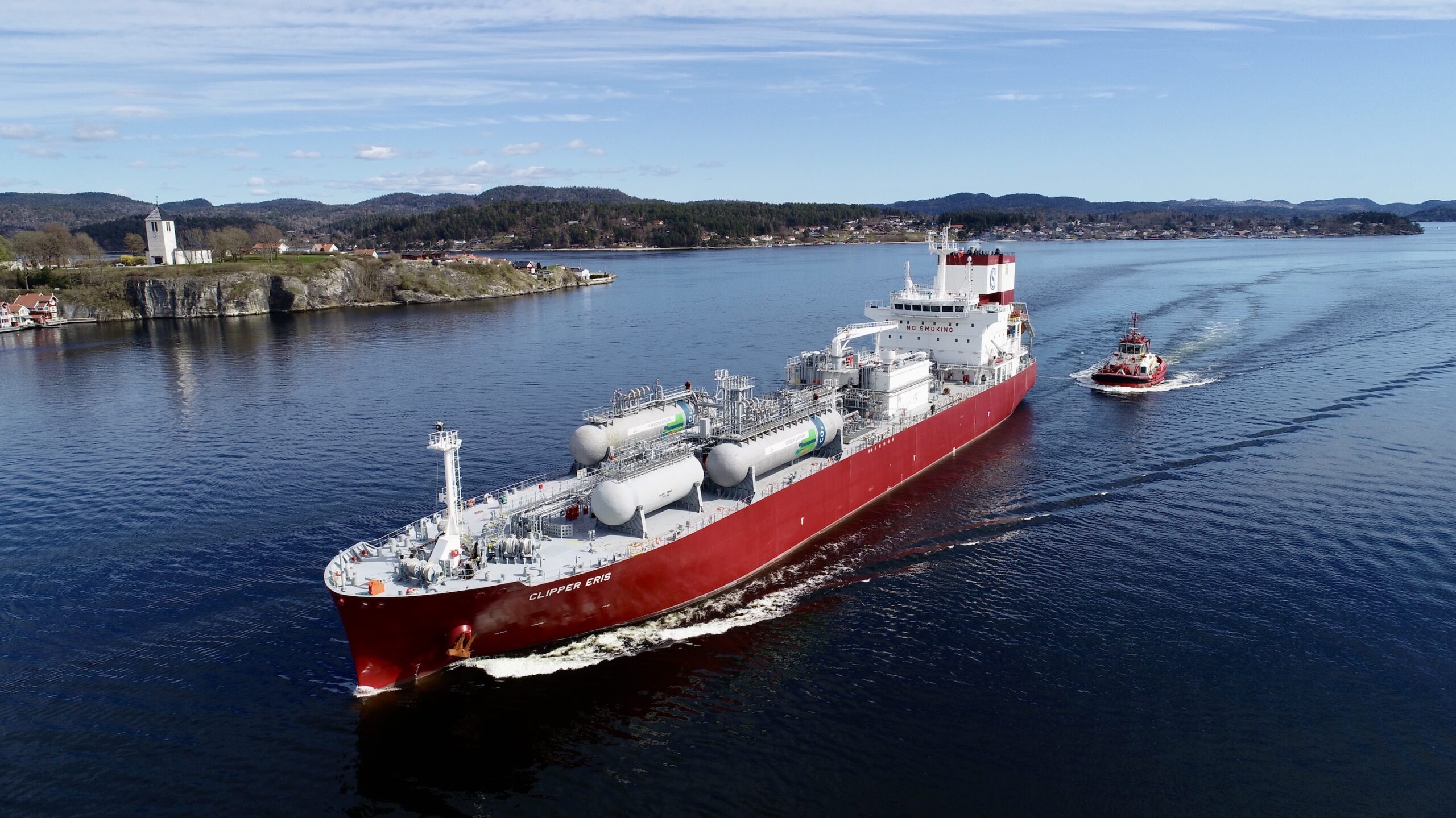
The IMO has committed themselves to a GHG strategy to achieve net zero emissions by 2050. The checkpoints in 2030 (40 % reduction) and 2040 (70 % reduction) will provide guidance on the success of the strategy.
The EU on their part has put the bar at 55 percent GHG reduction by 2025 (compared to 1990) and utlimately zero GHG by 2050.
In collaboration with our customers and suppliers, Solvang leverages our environmental capabilities to reduce emissions and optimize our use of energy – to join the internatinal efforts against global warming.


